Great filmmaking is more than just pointing a camera and pressing record—it’s about telling compelling stories through visuals, sound, and emotion. Whether you're an aspiring filmmaker or a seasoned professional, mastering the art of cinematic storytelling can elevate your work from ordinary to extraordinary.
In this in-depth guide, we’ll explore:
✔ The psychology of visual storytelling
✔ Essential cinematography techniques
✔ How lighting shapes mood and tone
✔ The role of sound design in immersion
✔ Editing tricks used by Hollywood directors
1. The Psychology of Visual Storytelling
Humans are wired to respond to visuals more powerfully than words alone. Great filmmakers use this to their advantage by:
A. The Rule of Thirds & Composition
Placing key elements along imaginary gridlines for balanced framing.
Using leading lines (roads, fences, shadows) to guide the viewer’s eye.
Negative space to create tension or isolation.
B. Color Theory in Film
Warm tones (reds, oranges) = Passion, energy, danger
Cool tones (blues, teals) = Isolation, melancholy, sci-fi
High contrast (film noir) = Drama, mystery
Desaturated colors = Realism, bleakness
Example: The Grand Budapest Hotel uses pastel colors to create a whimsical, fairy-tale atmosphere.
2. Cinematography Techniques That Pull Viewers In
A. Camera Movement & Its Emotional Impact
Steady tracking shots = Smooth, intentional storytelling (e.g., Goodfellas nightclub scene).
Handheld shaky cam = Chaos, urgency (e.g., Saving Private Ryan D-Day scene).
Slow push-ins = Building tension (used by Spielberg and Kubrick).
B. Mastering Depth of Field
Shallow focus = Isolates subject (romantic scenes, portraits).
Deep focus = Everything in frame is clear (used in Citizen Kane).
C. The Power of the "One-Take" Shot
Creates immersion (e.g., *1917*, Birdman).
Requires precise choreography between actors, camera ops, and lighting.
3. Lighting: The Invisible Storyteller
Lighting doesn’t just illuminate a scene—it creates mood, defines characters, and guides emotions.
A. Three-Point Lighting (Key, Fill, Backlight)
The foundation of most film lighting setups.
Adjust ratios for dramatic or flat lighting.
B. Naturalistic vs. Stylized Lighting
Naturalistic = Mimics real-world light (e.g., The Revenant).
Stylized = Exaggerated for effect (e.g., Blade Runner 2049).
C. Practical Lights vs. Studio Lights
Practical lights (lamps, candles) = Realism.
Studio lights (LED panels, HMIs) = Controlled perfection.
4. Sound Design: The Unsung Hero of Cinema
50% of a film’s impact comes from sound. Here’s how to use it effectively:
A. Diegetic vs. Non-Diegetic Sound
Diegetic = Sounds characters hear (dialogue, footsteps).
Non-diegetic = Music, narration (e.g., The Shawshank Redemption’s score).
B. Foley Artistry: Why Real Sounds Aren’t Enough
Custom-recorded sounds (e.g., coconut shells for horse hooves in Monty Python).
Adds texture and realism.
C. The "Jaws Effect" – Using Silence for Tension
Sudden silence before a jump scare.
Minimalist soundscapes (e.g., No Country for Old Men).
5. Editing: Where the Magic Happens
A. Pacing & Rhythm
Fast cuts = Energy (e.g., Mad Max: Fury Road).
Long takes = Contemplation (e.g., A Ghost Story).
B. The Kuleshov Effect (How Editing Shapes Meaning)
Same actor’s face + different images = New emotions (pioneered by Soviet filmmakers).
C. Match Cuts vs. Jump Cuts
Match cut = Seamless transition (e.g., 2001: A Space Odyssey bone-to-spaceship).
Jump cut = Disorienting, stylistic (e.g., Breathless).
6. Case Studies: Breaking Down Iconic Scenes
A. The Opening of The Social Network
Dark, moody lighting + rapid-fire dialogue = Instantly establishes tension.
B. The Mirror Scene in Taxi Driver
Travis Bickle’s descent into madness shown through tight framing and eerie score.
C. The Diner Scene in Pulp Fiction
Static shots + snappy editing = Tarantino’s signature style.
Final Thoughts: Your Film, Your Vision
Great filmmaking is a blend of technical skill and artistic intuition. Study the masters, experiment with techniques, and—most importantly—trust your creative instincts.
🎬 Need a professional crew to bring your vision to life? Contact us for world-class cinematographers, lighting experts, and editors!
What’s your favorite cinematic moment? Let us know in the comments! 🚀
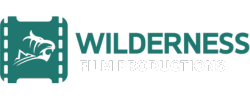
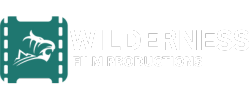
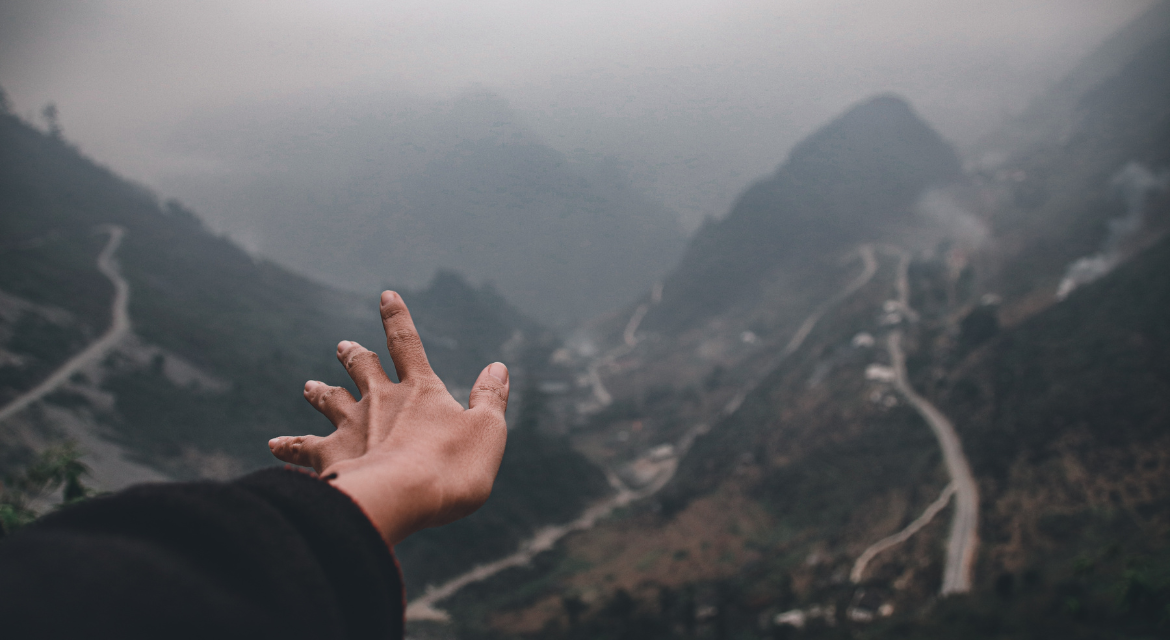
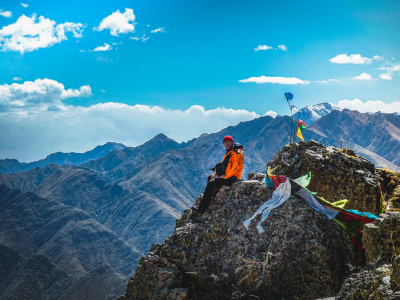
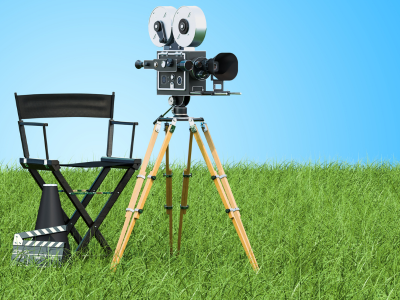
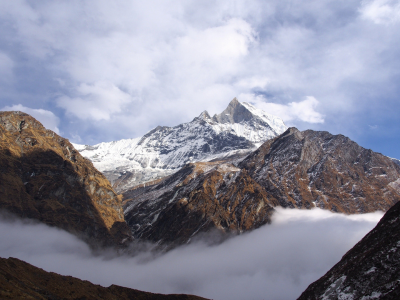
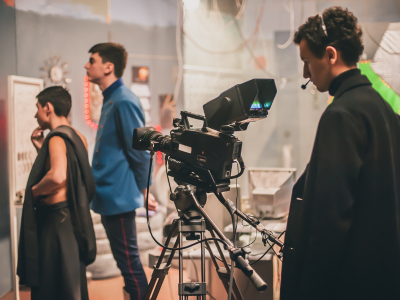
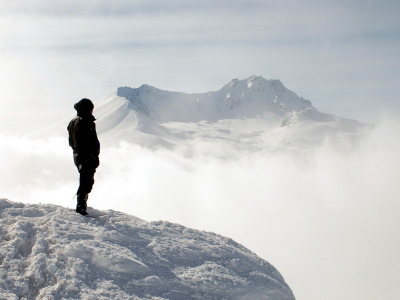
Latest Comments